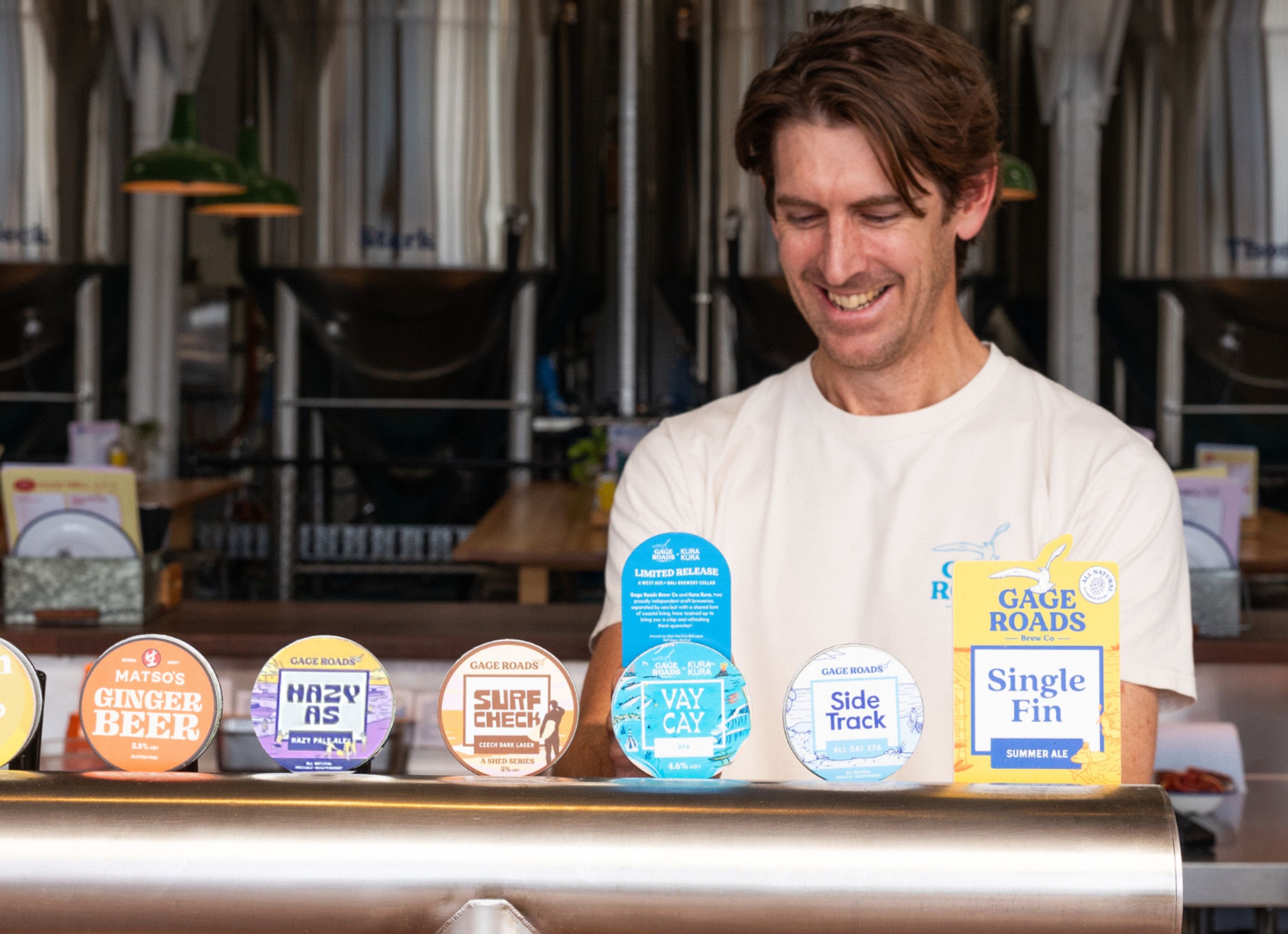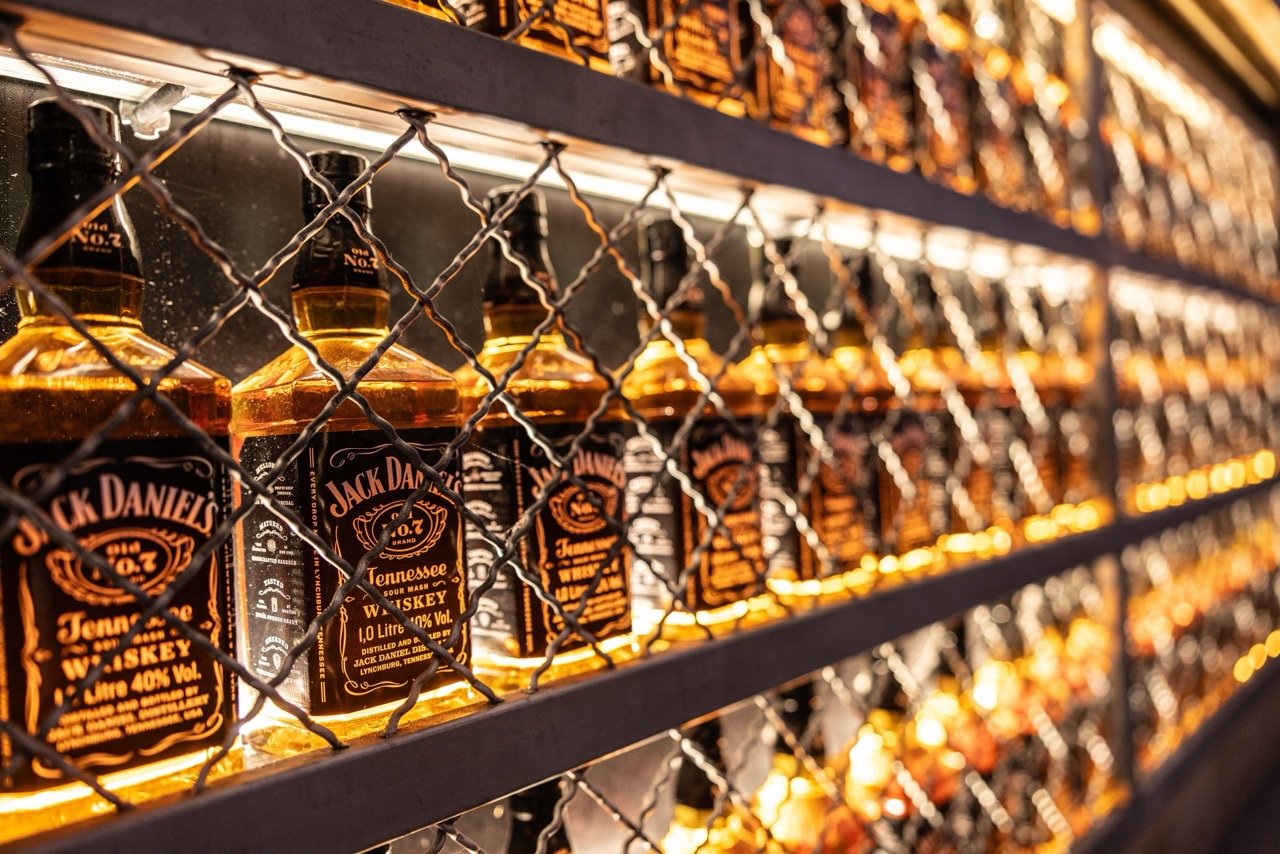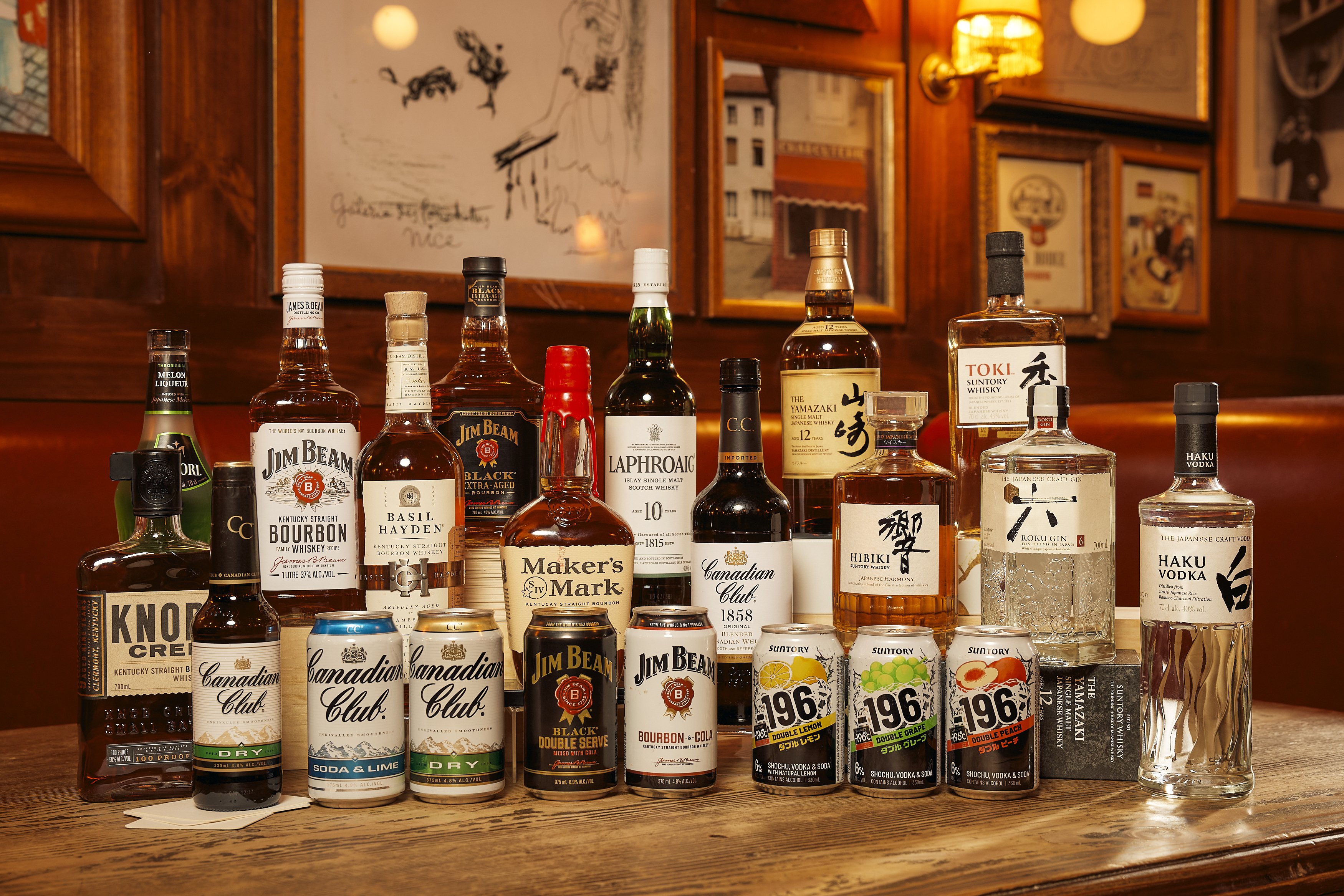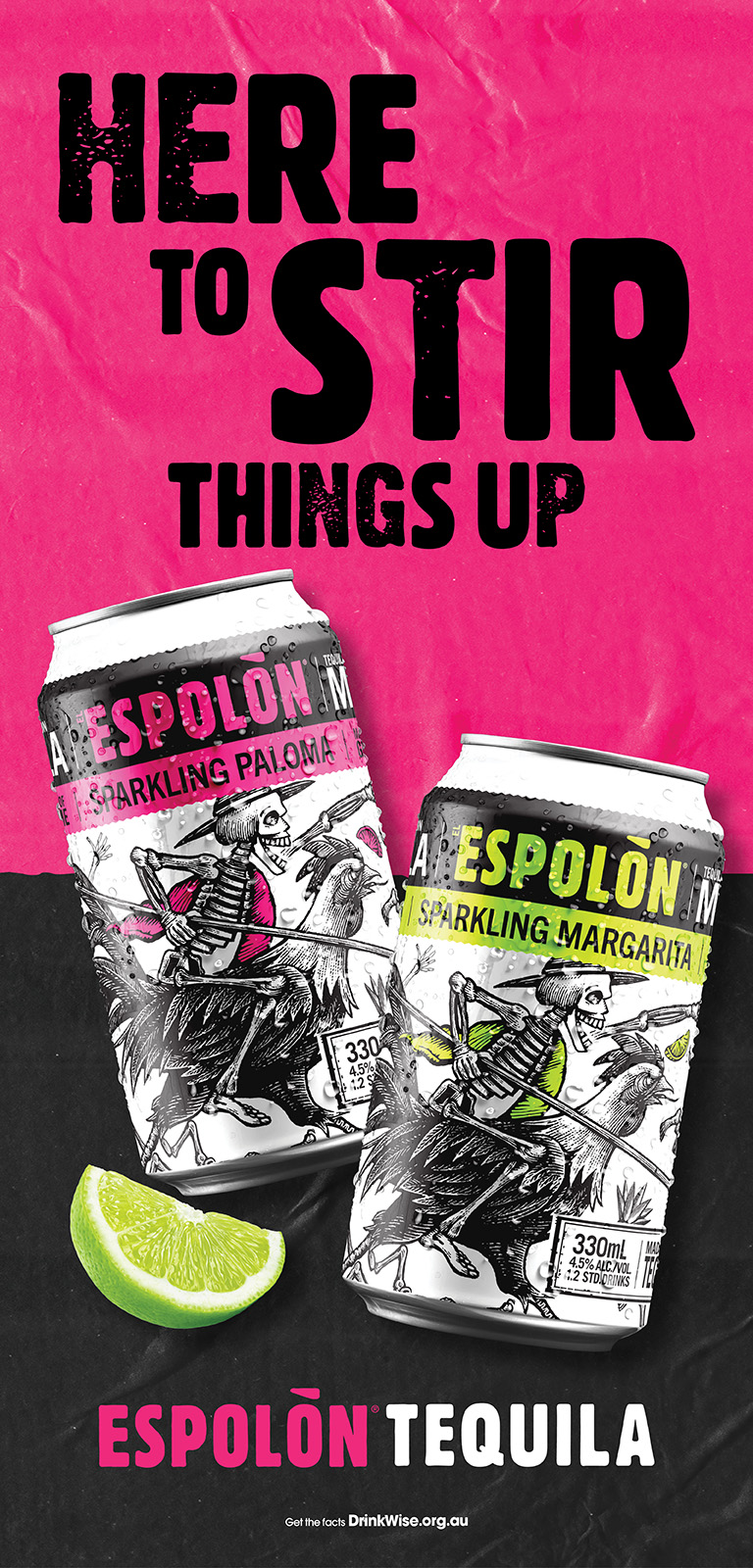Across the board, Australia’s drinks industry is currently going through one of its toughest periods in recent history. This applies equally to both production and to retail and is largely a result of liquor being considered a variable and discretionary expense.
“Liquor wholesalers and producers supply to the food and beverage industry, which has highest business failure rate of any industry by a considerable margin,” said Patrick Coghlan, CEO at CreditorWatch, to Drinks Trade.
“[This is] due mainly to it’s exposure to consumers’ discretionary spending, which is in steep decline.”
Currently, economic pressure is being felt across all industry sectors. Australia’s wine and spirits industries are vocally enunciating the current difficulties being faced, both leading liquor outlets have been seeing reduced sales as a result of growing cost of living pressures, and already-vulnerable on-premise channels are continuing to see patterns of reduced spending.
In fact, a recent Business Risk Index issued by commercial reporting bureau CreditorWatch revealed that businesses in the food and beverage services sector are currently at the most risk of external administrations and business failures, with more than 7% forecasted to terminate operations over the 12 months up to February 2025.
“Based on BRI data coming through and models projecting external administrations and business failures, we expect the next six months, at least, to be very challenging for Australian businesses,” said Anneke Thompson, Chief Economist at CreditorWatch, in a statement provided to the Drinks Association in April.
“All businesses will need to watch their cash flow very closely, even when the cash rate begins to decline, which at this stage looks to be sometime in Q3 2024.”
According to Coghlan, small and medium-sized businesses are three times more likely to be paid late than larger businesses, and as such almost always tend to experience the greatest difficulties at times of surmounting economic pressure. The impact on these businesses is bolstered even further when taking into account the discretionary nature of liquor purchases.
“Liquor businesses need to take extra caution and effort to recover overdue debt as quickly as possible to maximise their chance of recovery, before the customer falls further into hardship: you don’t want to wait until the business has gone bust,” said Coghlan.
Last week, CreditorWatch launched a new debt recovery tool that seeks to reduce current financial stresses being experienced by its members. The tool will work by streamlining late payment handling for businesses via reducing the amount of manual work involved in: identifying late-paying customers, risk assessment, escalation, and collection letter generation.
During the pilot phase, a CreditorWatch customer used Debtor Management to create 65 collection letters within 10 minutes and successfully recovered over $500,000 in overdue payments within seven days.
"The solution has already helped one business recover over half of their outstanding balance within seven days of using it,” said Coghlan.
“It’s proof that Debtor Management is a powerful tool in helping small businesses get paid and improving cash flow.”
Unfortunately, the Debt Management tool is only available to CreditorWatch customers. Those who currently do possess a subscription with CreditorWatch can access the new solution at no extra cost.
For more information visit www.creditorwatch.com.au.
Share the content










